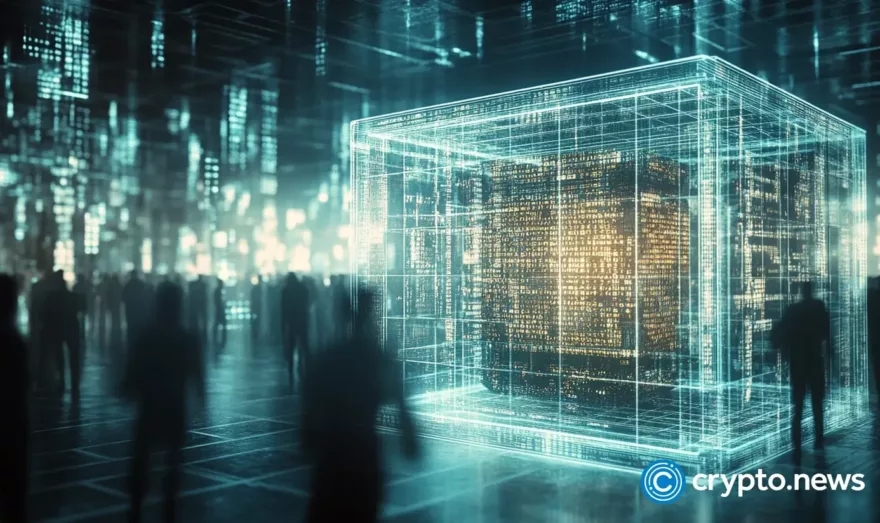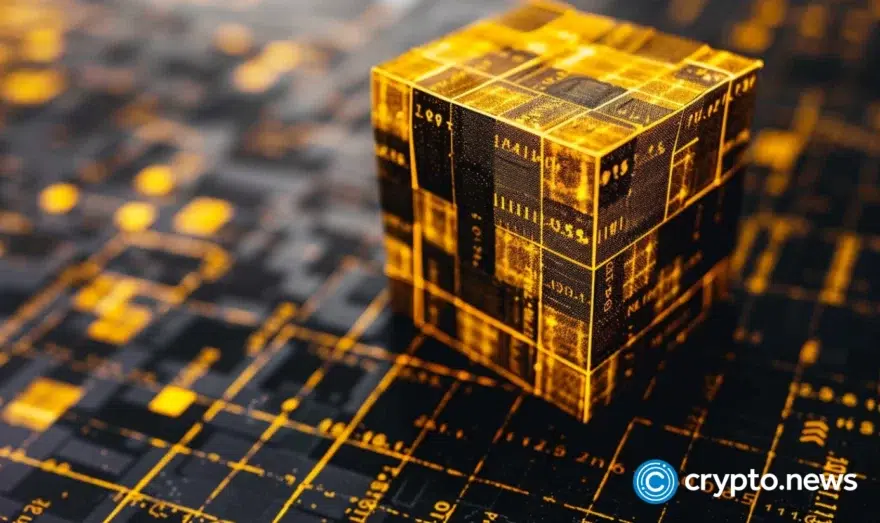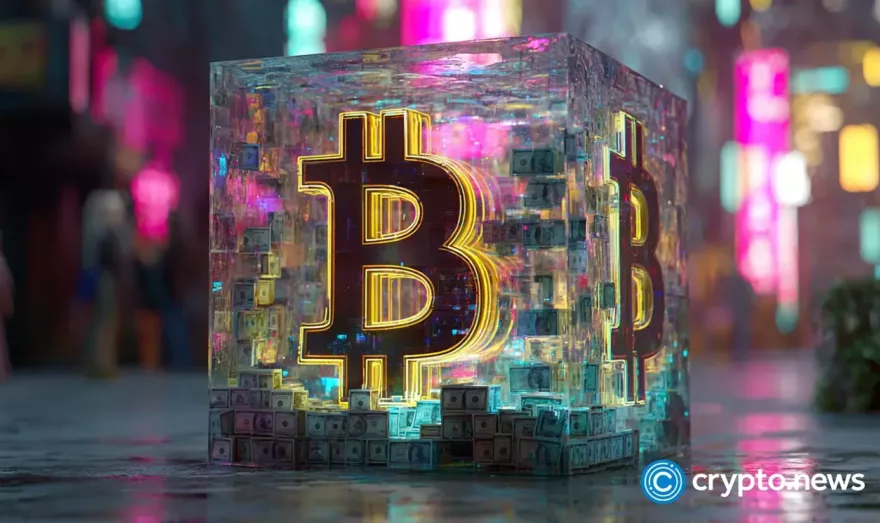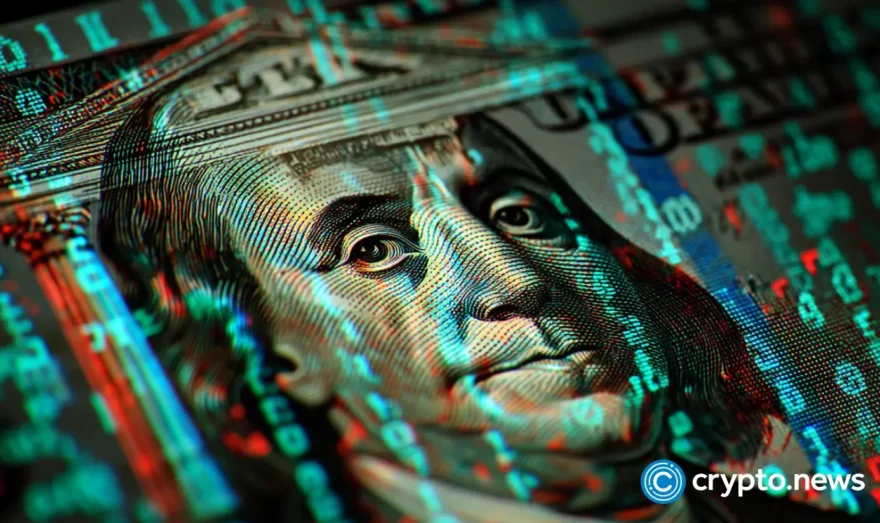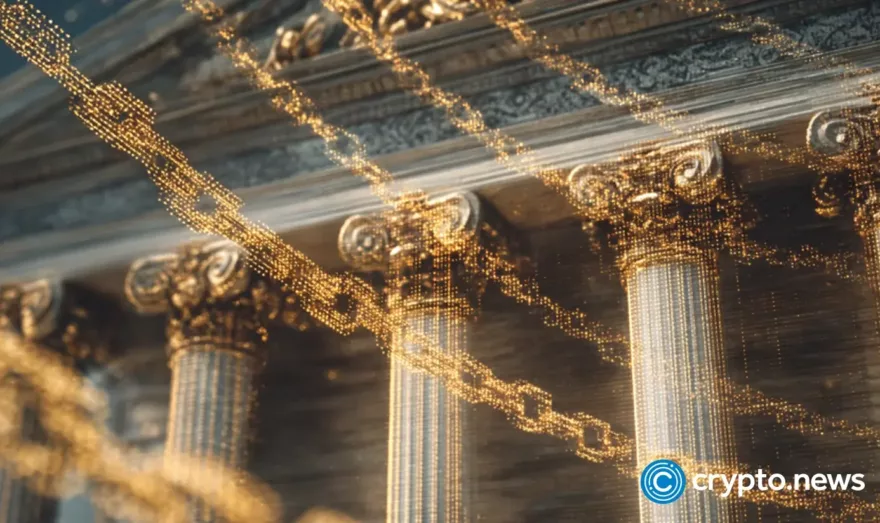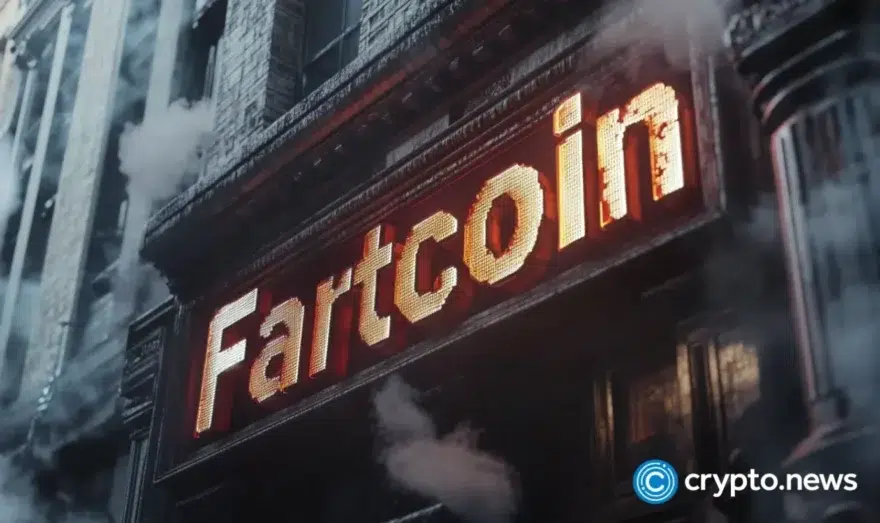The rise of BTCFi: From passive asset to financial powerhouse? | Opinion
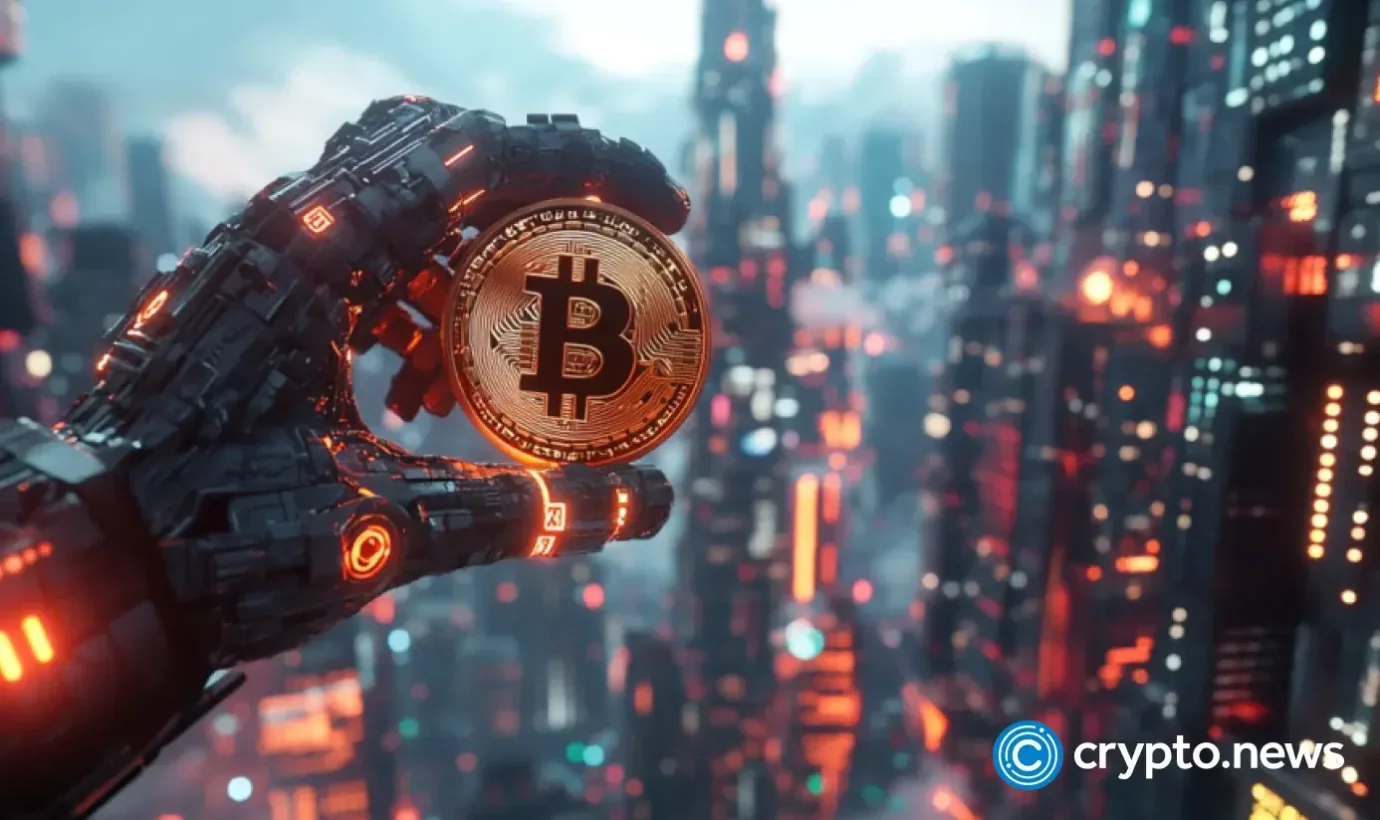
Disclosure: The views and opinions expressed here belong solely to the author and do not represent the views and opinions of crypto.news’ editorial.
Bitcoin (BTC) has always been the face of crypto, the first thing that comes to mind when you think of this market. But for years, its role has been largely static—held as a store of value, yet rarely used for anything else. Then BTCFi entered the scene: unlike traditional DeFi, which has been dominated by Ethereum (ETH) and other smart contract platforms, BTCFi is built around Bitcoin as the core asset.
In the last quarter of 2024, BTCFi’s total value saw a massive surge—from $800 million all the way to $6.5 billion. The momentum is impressive, to say the least. More institutional players are taking notice, and analysts predict that by 2030, roughly 2.3% of Bitcoin’s circulating supply (about $47 billion) could be actively used in decentralized finance.
So clearly, BTCFi is not just a passing trend. But why is it gaining so much traction? Can it really be called the future of Bitcoin’s utility as a financial asset?
Let’s try to figure it out.
What is BTCFi, and why is it growing now?
BTCFi represents the intersection of Bitcoin and decentralized finance, with the first crypto playing the role of the core asset in this case. Typically, DeFi platforms have been built on blockchains like Ethereum, while Bitcoin holders had to wrap their BTC into ERC-20 tokens (like wBTC) to participate in this field.
This kind of tokenization started picking up the pace around 2020, allowing BTC holders to access DeFi services that are typically not available on the Bitcoin blockchain. These “wrapped” tokens are built in a way that makes them compatible with other blockchain networks. And so, they effectively extended Bitcoin’s functionality.
However, advancements in Bitcoin L2 solutions and LRTs, or layered rollup technologies, are now changing the rules. It is becoming unnecessary for Bitcoin to use “second class citizen” ERC-20 tokens anymore.
BTC LRTs, for example, operate on Ethereum and other chains as well, but use Bitcoin as the primary collateral in transactions. This means unlocking the use of Bitcoin as a yield-generating asset in other networks beyond its native chain.
The emerging Bitcoin L2s, meanwhile, are tackling this blockchain’s long-standing scalability issues, allowing for faster and more cost-efficient transactions. These innovations are going to fundamentally redefine Bitcoin, turning it from a passive store of value to an actively utilized financial asset.
Why is BTCFi the gateway for Bitcoin whales in 2025?
Large Bitcoin holders—miners, in particular—have often used CeFi loans backed by their BTCs to fund their operations since they didn’t want to outright sell those assets. This practice is still going on today, but BTCFi promises to make some changes. And that’s where everything will start from, really: by BTCFi enabling new opportunities for Bitcoin holders to put their assets to work.
Soon enough, Bitcoin whales will start looking at BTCFi as a powerful gateway that can be used to enter the DeFi space. And the way I see it, there are two key factors in 2025 that will influence that perception.
The first is the rise of Bitcoin ETFs. BTC ETFs currently account for almost 6% of all Bitcoin supply, having crossed $100 billion in holdings at the beginning of 2025. With them gaining mainstream traction, Bitcoin is increasingly perceived as the safest and most stable cryptocurrency asset.
This makes it a prime choice for DeFi, attracting large-scale holders who want to use their BTC without selling. Earlier in February this year, Goldman Sachs announced that it had invested $1.63 billion in Bitcoin ETFs. That’s easy proof right there.
The second major factor is the appearance of BTC L2 technologies, which we’ve already covered earlier. Until recently, the lack of scalability and transaction efficiency held Bitcoin back from DeFi adoption. Now, we are going to see a surge of L2 solutions that will enhance the network’s performance. And here’s the important part: they will do so while preserving Bitcoin’s core principles of decentralization and simplicity (and, hence, its robustness).
What DeFi platforms need to do for proper BTCFi integration
There are several challenges that will need to be overcome before BTCFi can achieve truly seamless integration. The biggest technical issue will be ensuring that Bitcoin-based L2 solutions become genuinely trustless. At the present time, they are not quite there, often relying on intermediaries and centralized elements, which goes against Bitcoin’s core philosophy.
The good news is that there’s a lot of R&D going on to make it happen. If successful, it could make the vast amounts of BTCs that are currently just lying there “collecting dust” be useful in DeFi.
Another big challenge is going to stem from people’s trust. Among Bitcoin holders, there are many who do not quite trust Ethereum and the existing Bitcoin tokenization methods. The key to winning them over will lie in creating robust and cost-effective solutions on the native Bitcoin network. Having a fully trustless and inexpensive execution layer on the BTC blockchain could really become the dealbreaker for these people.
The future of Bitcoin: More than just ‘digital gold’
For years, Bitcoin has been carrying the moniker of “digital gold”—a safe-haven asset meant for holding rather than using. These days, this is becoming increasingly untrue. As more institutional players enter the crypto space, the potential for BTCFi to become Bitcoin’s next-level evolution is very real.
The demand is on the rise, and the infrastructure is already being built. For Bitcoin whales looking to maximize their assets without selling, BTCFi could become the perfect answer.
Disclosure: This article does not represent investment advice. The content and materials featured on this page are for educational purposes only.



